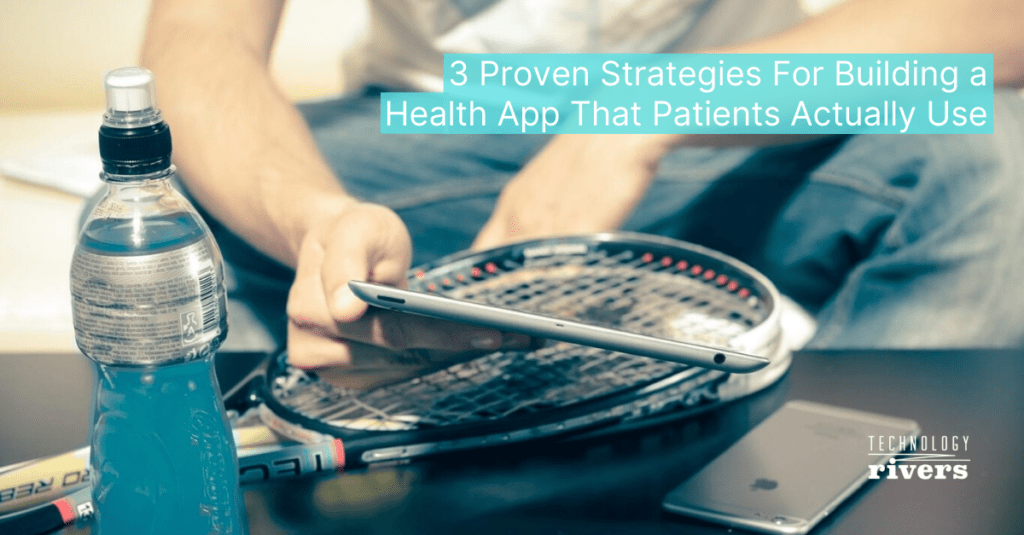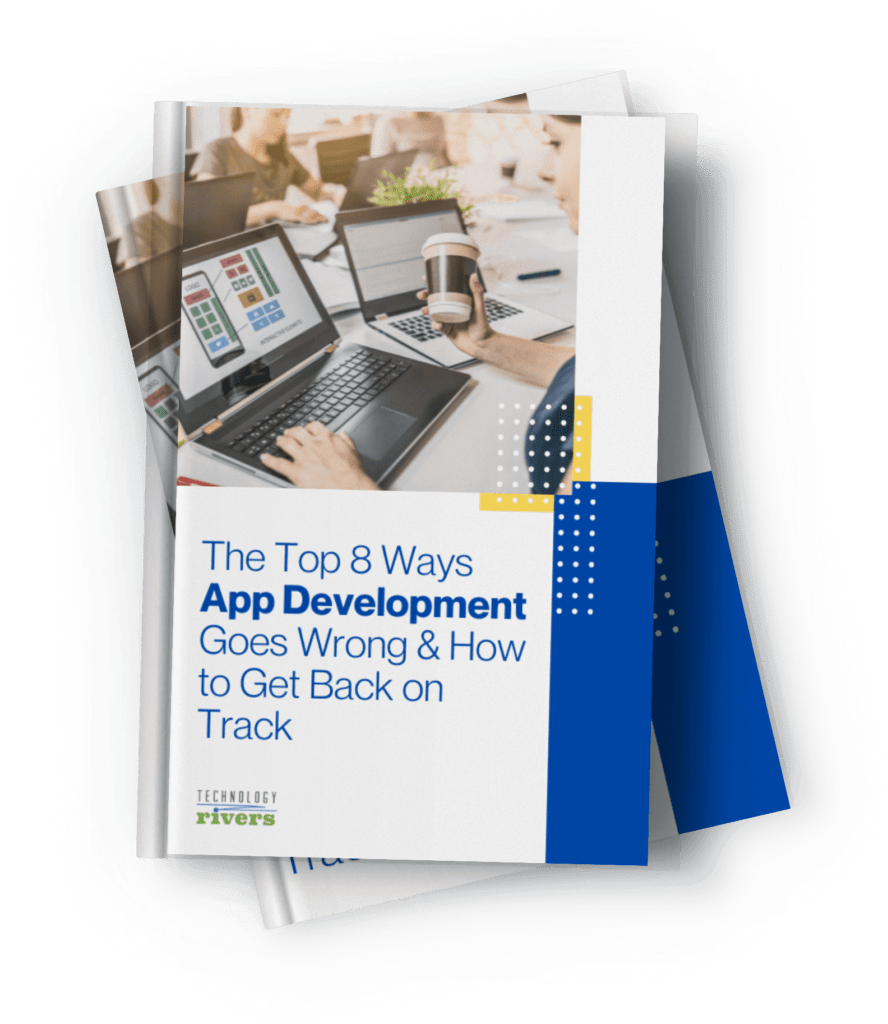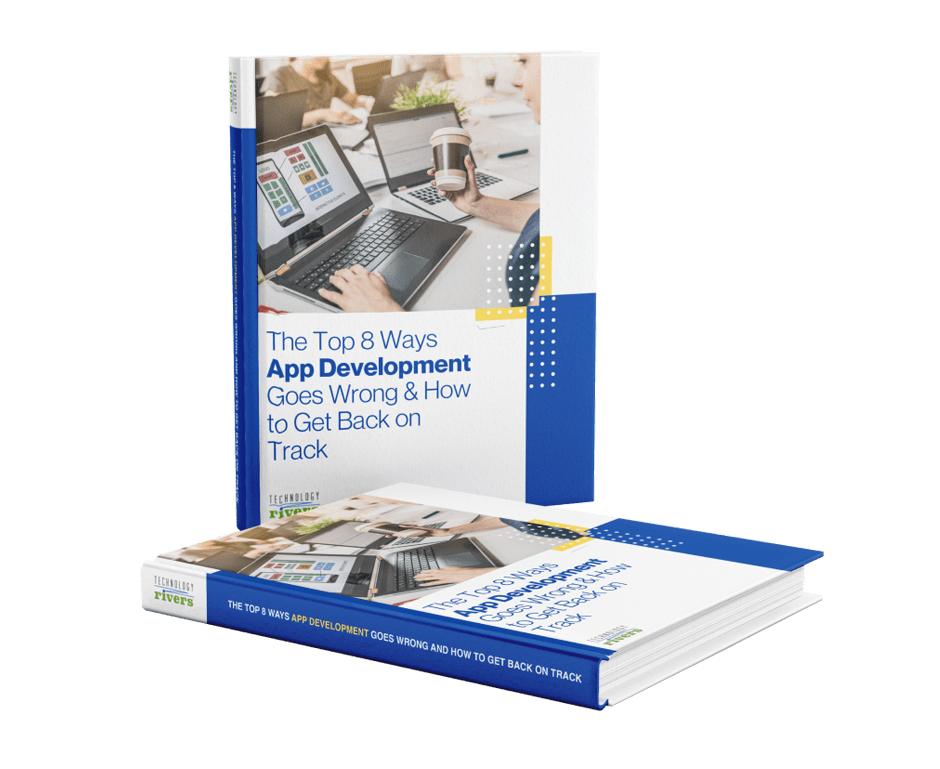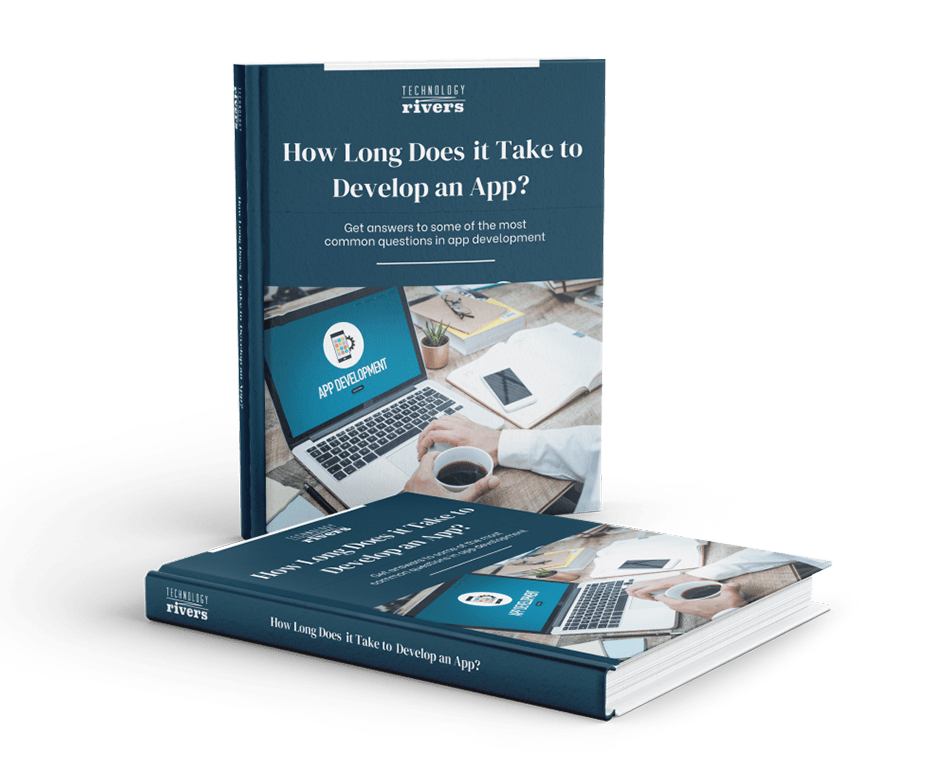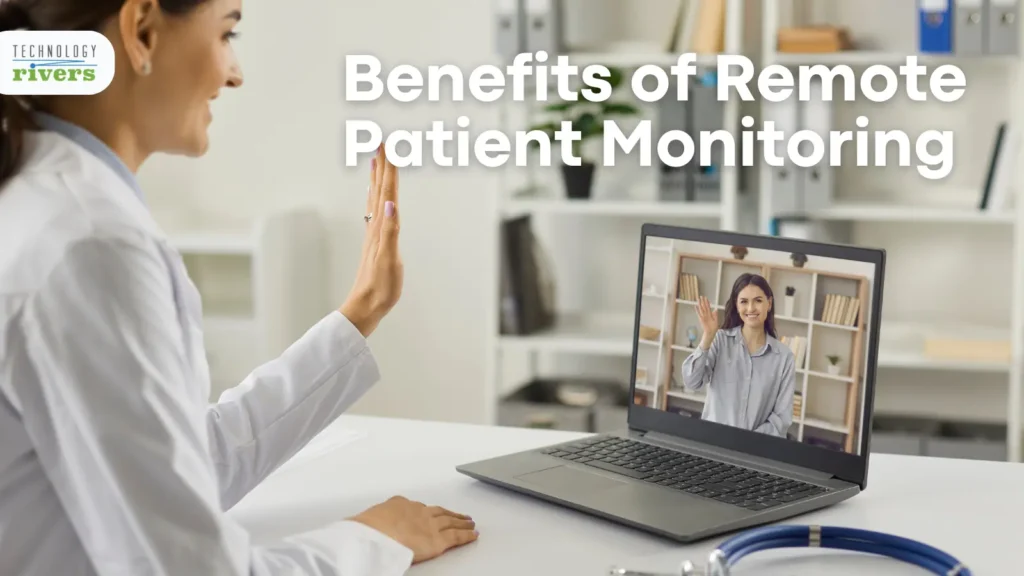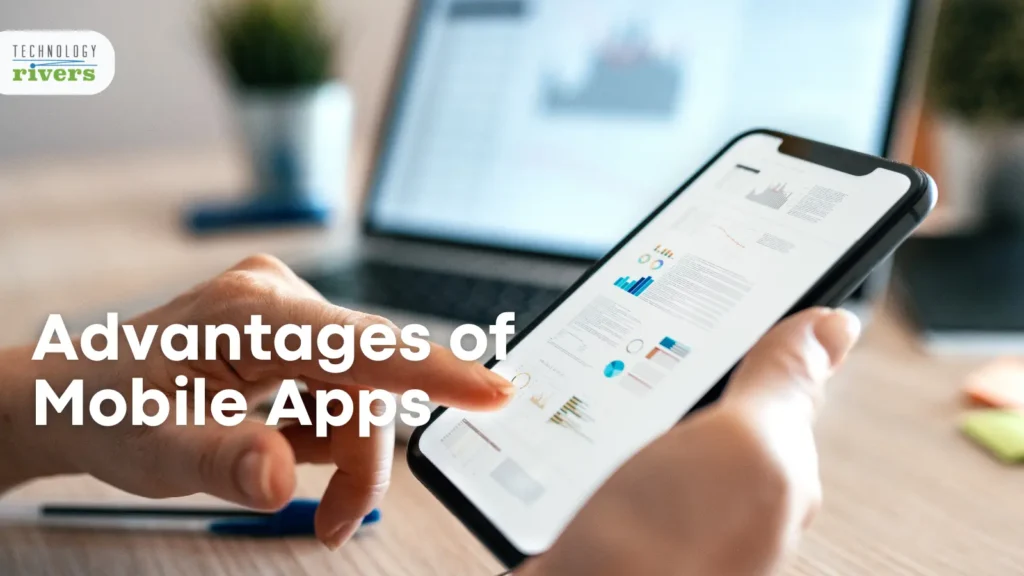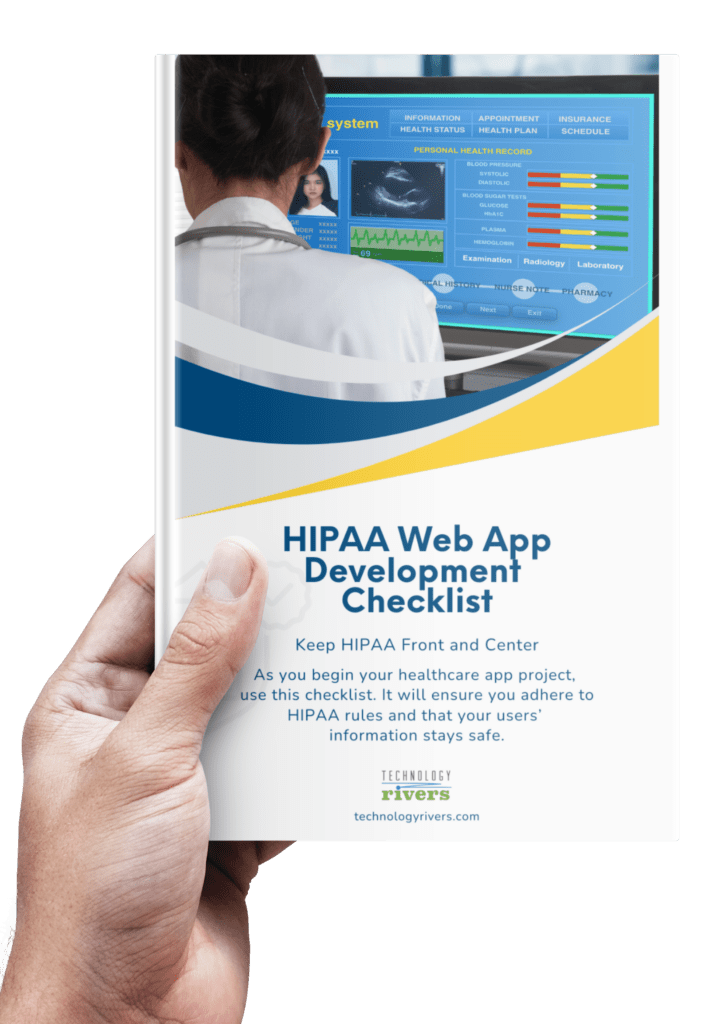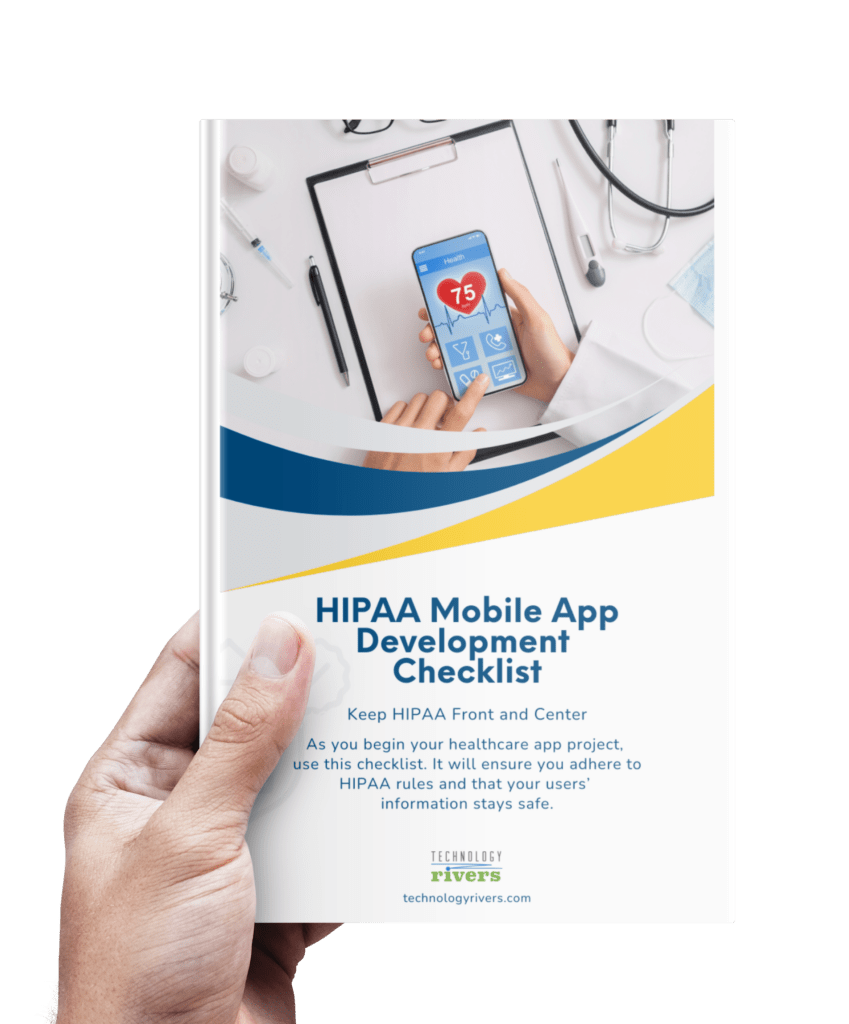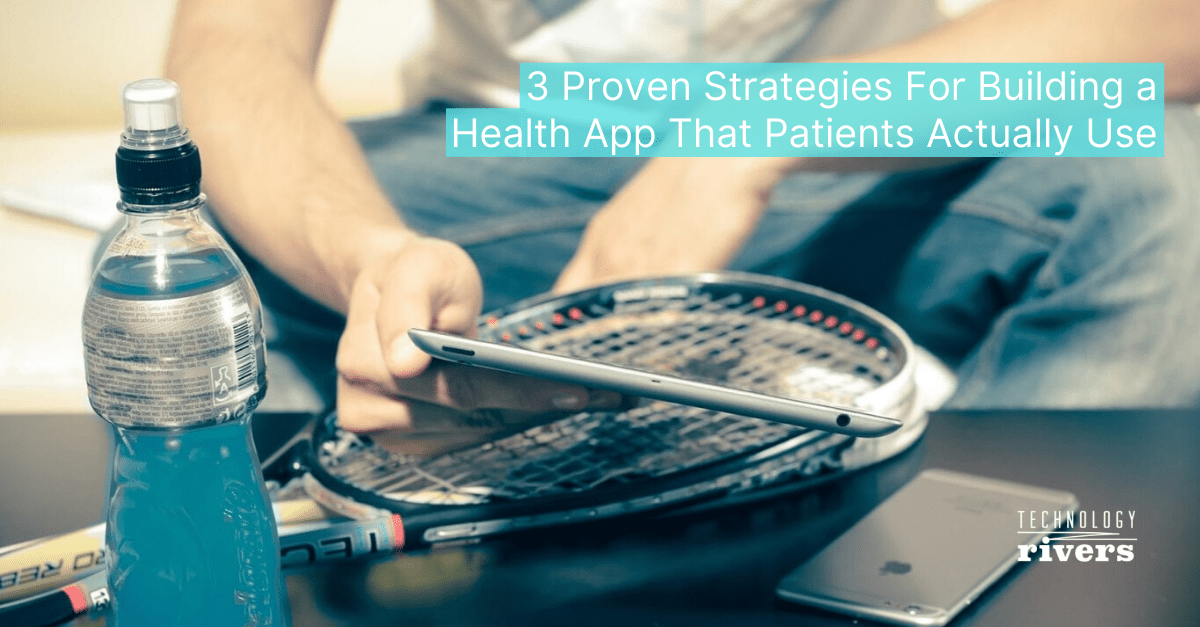
Blogs » 3 Proven Strategies For Building a Health App That Patients Actually Use
Table of Contents
The number of mobile health applications has skyrocketed in recent years. There are now more than 318,000 mHealth apps available from top app stores worldwide. 60%of people have downloaded at least one of these apps. It’s not just patients who are enthusiastic about the potential of these products, either. Ninety-three percent of doctors say that mobile apps have the potential to enhance the quality of patient health.
Growth in the mHealth field is impressive, but there are other measures that don’t paint as rosy of a picture. While health apps are being downloaded, they aren’t necessarily being used. In fact, only 7% of mHealth apps can claim more than 50,000 active users each month. In addition, while nearly all providers think health applications have a lot of potentials, only a third of them actually recommend apps to their patients, and half of these are not even specific app recommendations.
There is clearly a disconnect on many levels where mHealth apps are concerned—a disconnect between providers and patients, between potential benefits and actual benefits, and between downloads and continued use. So, how can you make sure your app is not only downloaded but also used long term? How can you get providers on board? How can you beat the odds and design an mHealth app that succeeds?
1. To Reach Patients, Target Providers
Figuring out how to ensure that patients use your health application is really step two of the process. In order to attract patients, it is critical to first attract providers. There are several reasons that getting providers on board is critical to your success, even if patients are the intended end-user of your product.
While healthcare is a divisive political topic, there is one thing we can all agree on—nobody is looking for a way to pay more money for healthcare. Patients already have copays and deductibles to meet. Most are not going to be willing to pay for an app on top of those costs. Providers, however, can look at health applications in terms of how they will save money for their practice or attract more patients.
The issue is that what patients want is not always of obvious value to providers. For example, the three digital health capabilities that consumers want most are access to medical records, being able to book/change/cancel their own appointments, and requesting prescription refills. From the provider’s viewpoint, a patient’s ability to cancel appointments might mean that their practice loses money.
As digital healthcare capabilities become more mainstream, however, what was once only beneficial to the patient might be necessary in order to retain patients. A recent survey found that 79% of respondents were more likely to choose a provider that allowed them to conduct healthcare interactions online or on a mobile device. What’s more, 50% of respondents reported that they would leave their current provider for one that promised better technology. Health apps that give patients more opportunities for online interaction with their providers will be worth it to practices if that’s what is critical for patient retention.
2. Know Your User’s Journey
Getting providers onboard for either payment or as app promoters is important, but if the application is not suited to the needs of the ultimate end-user, which are the patients, it won’t have success. Who is your app meant for? Is it to be used by patients with a specific chronic illness? Are most potential users from a specific age group or geographic area? It’s critical to know exactly who your target audience is because you need to communicate with them.
It is not enough to research the population that you want to serve. Your mHealth application will only be successful if it targets the specific pain points and addresses the potential hurdles of the intended users. You need to get to know the people in your target market.
Consider the 2017 assessment that was conducted on apps for asthma sufferers. Asthma is a chronic disease, and there are currently 300 million individuals worldwide that suffer from it. By 2025, it’s estimated that 400-450 million individuals will have the disease. At the time of the study, there were nearly 1,500 mobile apps targeting asthma sufferers. That sounds great until you learn that all of these apps captured less than one percent of the market.
Why? What about these apps led them to fail? The app assessors cited reasons like little added value, no behavior change support, limited coaching, and not enough support for health care providers. These could have been the reasons, but the only way to really know is to find out from the people who should be using the apps but don’t find them helpful—people with asthma and their healthcare providers!
There’s a similar story from the Journal of Internet Research about an app developed to help patients with diabetes or hypertension manage their conditions at home. Within two weeks, most of the patients had stopped using the app. It turns out that providers did not have enough time to show patients how to use the app, patients weren’t sure what the app could do, and the app did not fit into the nurse’s workflow, making the app more burdensome than helpful (another example of the importance of having providers on board and involved).
Don’t put thousands of dollars into creating a mobile health application without getting an intimate understanding of your end user’s needs, both patient and provider. It doesn’t matter how spectacular your application is if people are not willing to use it.
3. Bridge the Software-Healthcare Gap
The app mentioned above that got abandoned within two weeks illustrates an issue that developers of mHealth apps often run into. The world of software development and the world of healthcare are very different.
Software developers often have great ideas for health applications. Healthcare professionals also come up with fantastic ideas. No matter where the idea originates, in order for it to be successful, the app that gets created has to be able to live in both worlds.
What happens when an app is developed too firmly rooted in healthcare? The user experience suffers. Sixty-six percent of the largest 100 hospitals in the country have their own health app. You probably did not know that seeing as how only two percent of their patients use them. When an eHealth app is being developed, it is not going to be compared with other eHealth apps. It is going to be compared with all other apps.
The average person (which also means the average provider or patient) has 60 to 90 apps on his or her phone. Just as Amazon and Google have led everyone to expect instant products and information delivered from entities from restaurants to banks, your health app is expected to be as functional and easy-to-use as Snapchat or YouTube. When healthcare apps get developed without the know-how of UI/UX experts, the end product suffers.
What happens when an app gets developed too firmly rooted on the software side? It will likely look and function wonderfully, but it also will not likely get used. Remember the diabetes and hypertension app that didn’t fit into the nurse’s workflow? There are a lot of workflows specific to healthcare, and if an application does not fit into these workflows, they simply won’t be useful.
In addition to unique workflows, healthcare also has a lot of rules and restrictions that other industries don’t have to worry about. Regulations such as those in the Health Insurance Portability and Accountability Act (HIPAA) don’t have to stand in your way, but they will if you’re not familiar with them and don’t ensure your application is compliant. It won’t matter how beautiful and user-friendly the app is if it doesn’t comply with all of the pertinent rules.
In order to create a successful health application, you need to involve experts in software and healthcare, or better yet, work with someone who has expertise in both areas. This is how you can be sure to end up with a product that is beautiful, functional, and compliant.
It can be overwhelming to think about how many applications are created that don’t become successful. Before you put money into your mHealth app, think about all of the entities that need to be on board. Think of both providers and patients as your target audience. Get to know their pain points and what they really need. Then, work with professionals who have expertise in both application development and healthcare. This will give your amazing idea the best chance of taking off.
Build a Better Health App
Technology Rivers has helped many companies build successful, HIPAA-compliant applications. Contact Technology Rivers today to learn how you can set your application up for success.


